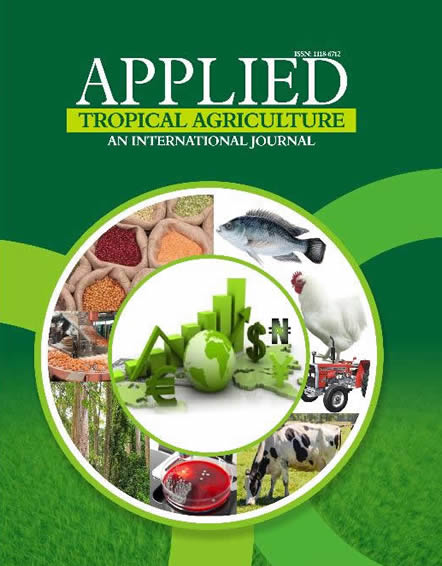Community based forest conservation is a management approach that combines local traditional knowledge with modern scientific techniques in order to increase biological diversity. This study assessed the floristic composition and tree species diversity in a herbal heritage forest that was protected 20 years ago after degradation. Using a systematic line transect sampling method, two transects were laid and six sample plots (50m × 50m) were used to survey the plant species in the forest. Data collected were analyzed using descriptive statistics and plant diversity indices. A total of 100 plant species in 44 families were identified (43 trees, 19 shrubs, 18 herbs and 20 climbers). Albizia zygia was the most dominant tree species, while Euphorbiaceae was the most abundant family. Similarly, Olax subscorpioidea, Acanthus montanus, and Smilax kraussiana were the most abundant shrubs, herbs and climbers in the forest. Trees had a Shannon Weiner Index of 3.22, shrubs had 2.22, and herbs had 2.34, while climbers had 2.62. The tree species were distributed across all diameter classes, but most of them were in the regeneration phase. The forest had recovered to a large extent with the structure gradually approaching climax. This community-based forest continues to serve the multipurpose function of meeting the community’s medicinal and non - timber forest product needs, while conserving endangered plant species. Key words: biological diversity, conservation, diameter distribution, endangered species, Herbal heritage
PAPER TITLE :FLORISTIC COMPOSITION AND DIVERSITY IN A RESTORED COMMUNITY-BASED FOREST, OTUN EKITI, EKITI STATE, NIGERIA
APPLIED TROPICAL AGRICULTURE | VOLUME 23 NUMBER 1 2018
Paper Details
- Author(s) : Olajuyigbe S.O., Omole, K.O. and Bankole, P.O.
- Abstract:


